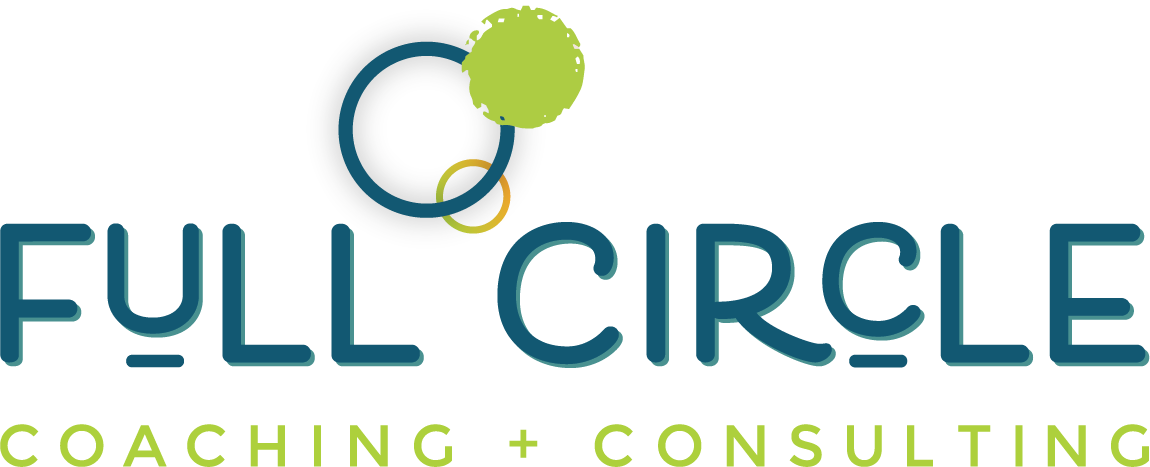Give yourself the gift of Remote Resilience
The outbreak of COVID-19 has forced change upon the world in a way that most of us have never before experienced in our lifetimes. We are being asked to stay home, create physical distance and be on our own. We are working remotely, feeling isolated, lonely and out of control. Being resilient may not be the obvious outcome of this situation. But it can be.
Resilience is the ability to bend, but not break. To weather difficulties and learn from them, rather than be beaten down by them. We are all being presented the opportunity to develop resilience with the current pandemic.
But how?
There are so many ways to begin building resilience – gratitude, thankfulness, taking action – are among them. But there is another way, another tool that I’d like to introduce you to. That is:
Accept what is.
Sounds simple, even obvious; maybe even stupid. You may be thinking ‘How can I not accept what is? It’s what I am living. What I am experiencing.’ It is what it is. Plain and simple.
Yes and no. Things are the way they are, that’s true.
What may not be aligned with what is, is how you respond to it. You may be on autopilot, simply reacting and not know it.
Ask yourself this question, when was the last time I said or thought:
“I wish this wasn’t happening” or
“I hope things go back to normal soon” or
“I really want this to end” or
“I can’t believe this is happening.”
Or maybe you find yourself dwelling on what the government should have done, but didn’t. Or agonizing about what life is going to look like when we come out of this.
These are signs that you are on autopilot, simply reacting. It is not helpful and definitely NOT accepting what is. But they are a sign that you have the opportunity to build your resilience.
All of these thoughts and statements are aligned with wanting life to be something different than what it is in this moment. These thoughts and statements create a level of stress in our minds and bodies; additional stress that is definitely not helpful.
Allowing these types of thoughts and statements to go unchecked also creates a state of unhappiness, anxiety and unease. They create additional suffering that’s really not doing anyone any good.
So, what do you do about it?
First, acknowledge that it’s normal to drop into autopilot mode and have your mind wander and have its way. It is a part of being human and a normal reaction to difficult situations.
Your goal is to learn how to choose to respond to difficult situations. This is a key component of resilience.
Second, catch yourself when you are engaging in autopilot thinking. Maybe start a journal or a list, or write the thought down on a napkin. Or just stop, and say out loud ‘I am having an autopilot thought.’ It doesn’t matter, just name the thought.
The simple act of interrupting the thought and naming it disrupts the neural pathways in your brain that created the autopilot thought.
Third, reframe the thought. This means telling a different story. Putting the situation into a different context. You purposefully and consciously choose to change the story you tell yourself about what is going on. It does not mean lie to yourself or ignore the facts.
So, for example, here’s a thought that comes up for me quite frequently:
“I can’t wrap my head around this. How can this be happening?”
Possible reframe: “Yes this is happening. And while it is difficult, I am fine. I will be fine. In the meantime, I can help my neighbors, donate to causes that resonate for me and be a part of the solution.”
Reframing brings the autopilot thought into the conscious mind so that you can learn from it and choose how to respond vs react. You are teaching yourself a new way, learning from the experience and hence increasing your resilience.
Know that you won’t be successful every time you try to reframe an autopilot thought. It’s a practice that literally re-wires your brain, so just like building big biceps, it will take time.
Give it a try. You have nothing to lose, and much to gain.
Give yourself some grace.
